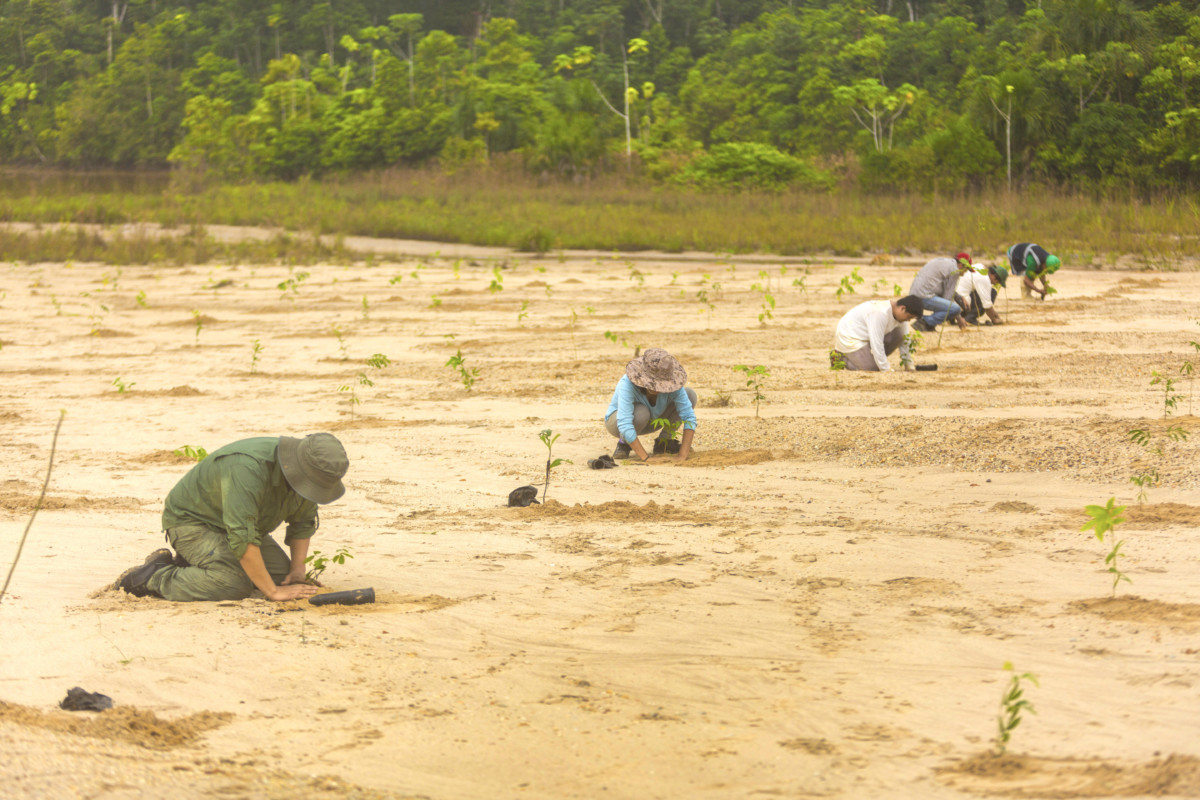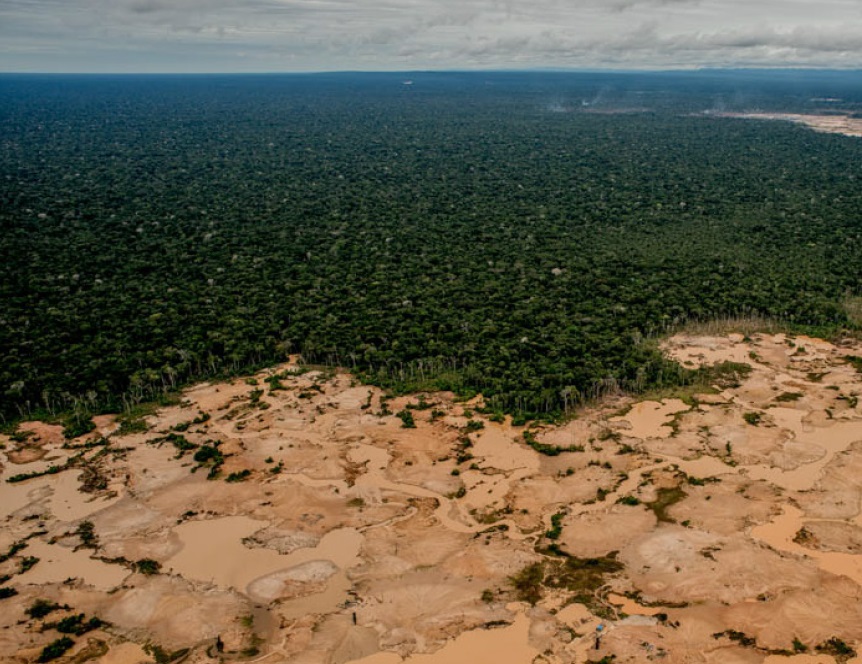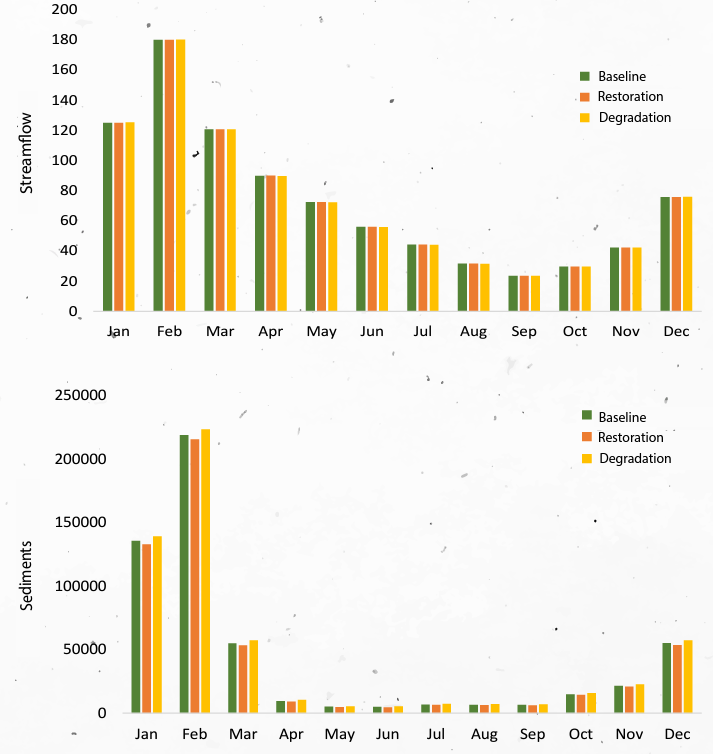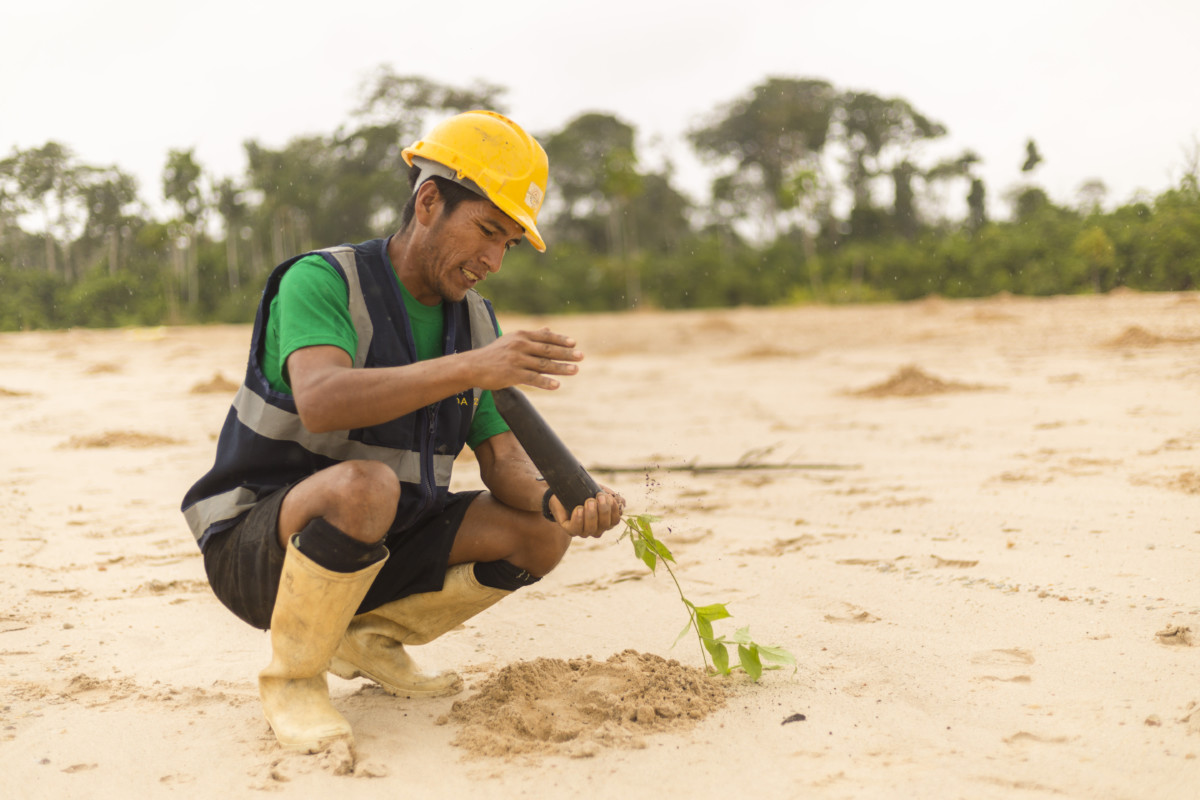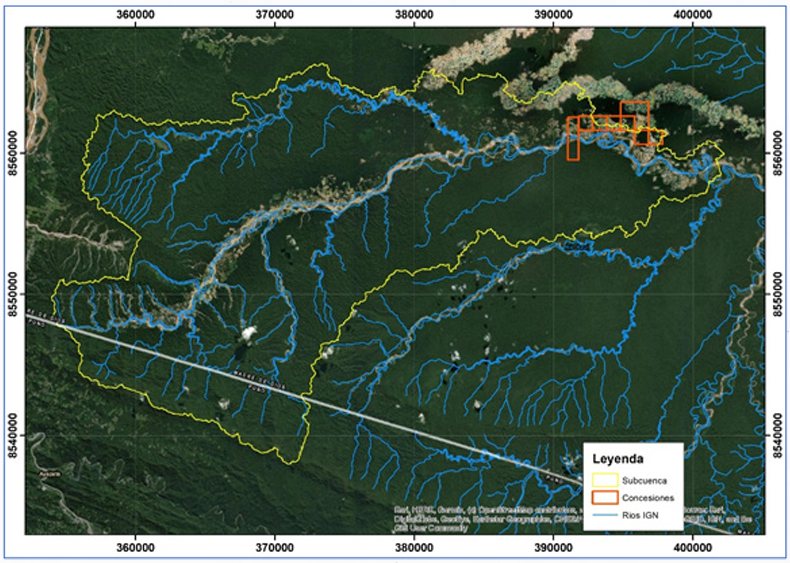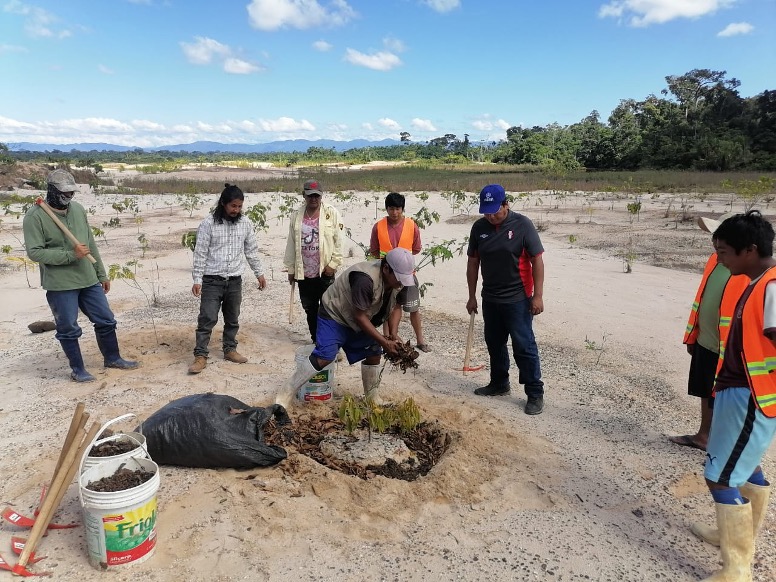Since 2017, Pure Earth has collaborated with CINCIA, a local research center that develops ways to restore degraded land in the Peruvian Amazon. Using CINCIA’s cutting-edge methodology, Pure Earth has been working hand-in-hand with formalized gold miners to reforest their degraded mining concessions and fulfill mine closure requirements.
Artisanal and Small-Scale Gold Mining (ASGM) is responsible for the largest fraction of forest loss and disturbance in the Amazon region of Madre de Dios, Peru . ASGM is unique compared to other drivers of deforestation due to the severity of its environmental impacts as well as the health and social impacts caused by mercury contamination. Primary and secondary forests near gold mining areas receive extremely high emissions of mercury and experience elevated levels of total mercury and methylmercury in the atmosphere, canopy foliage, and soils.
Previous studies on abandoned mining sites in the tropics, specifically in Madre de Dios, suggest that forest recovery after ASGM is slower and qualitatively inferior compared to natural regeneration following agricultural land uses. Compared with other land uses, ASGM leads to the lowest residual forest and soil carbon and the highest loss of ecosystem services due to fine sediment removal, defaunation, poor water quality, and mercury contamination in soil, water, and air. Compared to normal soils in the region, substrates after mining can present extreme challenges for plant colonization and the formation of self-sustaining ecosystems.
In recent years, reforestation projects have been implemented in areas degraded by gold mining in Madre de Dios; these projects have helped to generate new knowledge about the survival, growth, and fertilization requirements of a wide variety of species, as well as the complementary potential of natural regeneration.
This knowledge provides the potential for designing interventions that more effectively rehabilitate and restore areas degraded by ASGM. However, the estimation and quantification of the potential benefits of forest restoration, in terms of sediment and mercury retention, have been little studied. This document presents the results of a study estimating the potential effects of different reforestation and deforestation scenarios on the retention of sediments and mercury by vegetation cover in a mining area in Madre de Dios.

